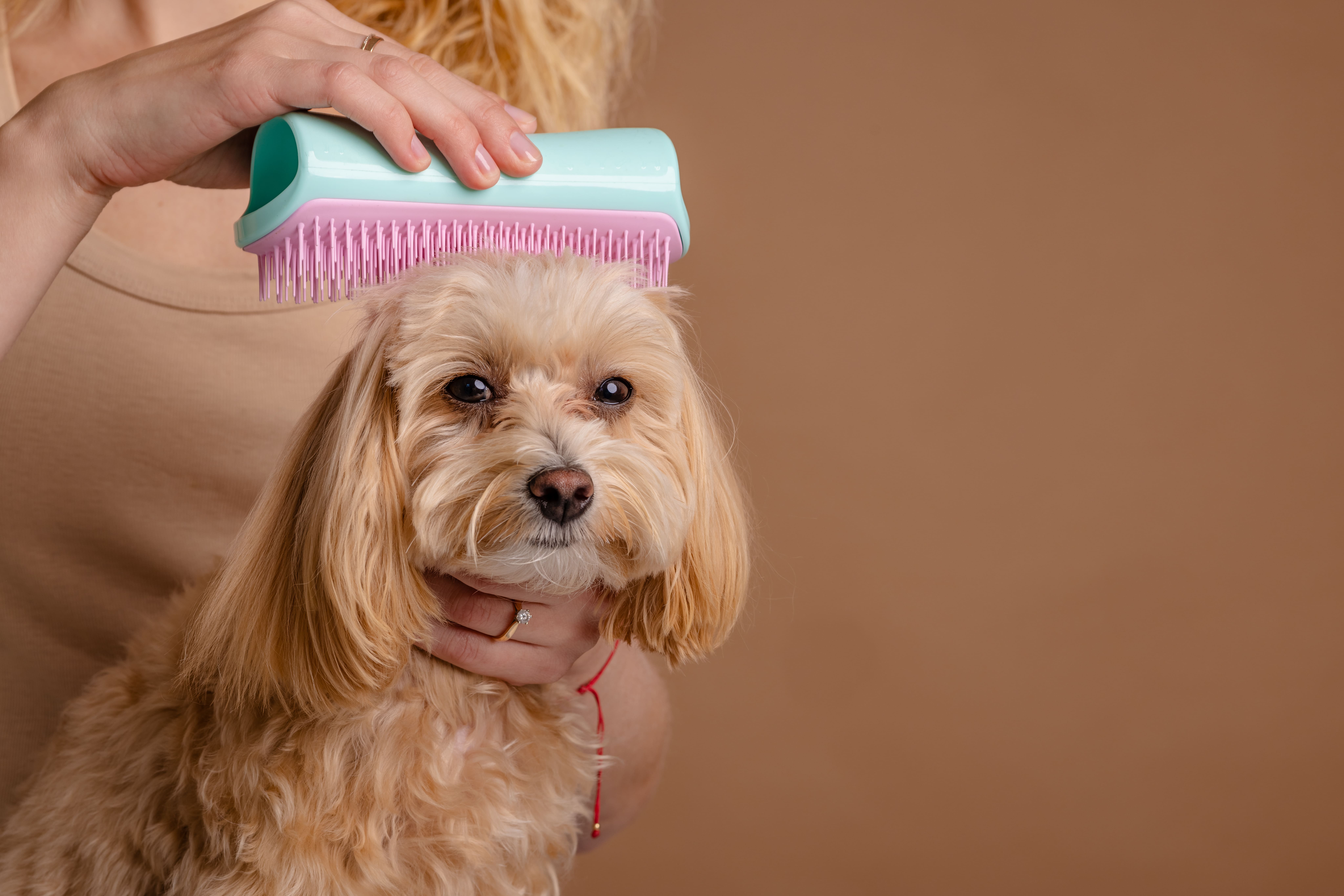Regular grooming for pets is not just about making them look fancy and well-maintained; it plays a crucial role in their overall health and well-being. Just like us humans, pets require proper grooming to stay clean, healthy, and free from pesky pests like fleas. By establishing a consistent grooming routine, you can keep your furry friends looking their best while also preventing potential health issues.
Grooming involves various activities such as brushing the coat, trimming nails, cleaning ears, and bathing. These practices are essential because they promote healthy skin and coat by removing dirt, dead hair, mats, and tangles.
Regular brushing helps distribute natural oils throughout the fur while improving blood circulation. Not only does this keep your pet’s fur shiny and smooth but it also prevents the formation of painful knots that can lead to skin irritations.
Overview of the Flea Problem and Its Impact on Pets
Now let’s address the elephant in the room – fleas! These minuscule parasites cause big problems for our beloved pets. Fleas are wingless insects that survive by feeding on the blood of animals (and sometimes humans).
They can jump astonishing distances relative to their size, easily hopping onto passing hosts such as dogs or cats. A flea infestation can wreak havoc on your pet’s life if left untreated.
Fleas cause intense itching which may lead to scratching that results in skin inflammation or infection. In severe cases, flea bites can even trigger allergic reactions in sensitive animals. The constant discomfort caused by flea bites affects a pet’s mood and behavior – no one wants a grumpy dog or restless companion!
Furthermore, if your pet ingests fleas while grooming themselves or through biting at itchy areas on their body, the infected dog has fleas that can transmit internal parasites. To prevent these problems, it’s crucial to establish a grooming routine that includes regular flea checks and preventative measures.
A diligent approach to pet grooming will not only keep your furry friend feeling comfortable but also contribute to a healthy and harmonious living environment for both you and your pets and the entire house. So let’s dive into the nitty-gritty of pet grooming techniques that will help keep those pesky fleas at bay!
Understanding Fleas and their Life Cycle
Brief explanation of flea biology and behavior
Fleas, those minuscule yet mighty pests that terrorize our furry friends, possess a rather fascinating biology. These infernal creatures belong to the Siphonaptera order and are small, wingless insects specializing in bloodsucking.
They possess a strong exoskeleton that protects them from external forces, making it quite a challenge to eliminate them once they’ve hitched a ride on your pet’s precious fur. In terms of behavior, fleas are notorious jumpers.
They can leap astonishing distances relative to their size, thanks to their powerful hind legs. This enables many dogs to propel themselves onto unsuspecting hosts like your unsuspecting cat or dog as they pass by.
Once attached, fleas use their piercing mouthparts to extract blood from their host for nourishment and reproduction. Their saliva contains substances that can cause itching and allergic reactions in pets—an unwelcome side effect of their presence.
Insight into the different stages of a flea’s life cycle
To effectively combat these insidious pests, one must understand the various stages of a flea’s life cycle. Fleas undergo complete metamorphosis which consists of four distinct phases: egg, larva, pupa, and adult.
It all starts with eggs—those tiny white ovals you often find nestled within your pet’s fur or around their bedding areas. Flea eggs are typically deposited on the host but eventually fall off onto carpets or other surfaces where the pet frequently resides.
Once hatched, flea larvae emerge as small worm-like creatures with an insatiable appetite for organic matter like adult flea feces—yuck! These larvae tend to hide in dark corners or burrow into carpet fibers where they’re safe from prying eyes (or combs).
After several molts over weeks or months depending on environmental conditions, the larvae spin silken cocoons and enter the pupal stage. Inside the cocoon, the larvae metamorphose into pupae—a protective stage where they develop until they are ready to emerge as adult fleas.
A crucial aspect of their survival is their ability to remain dormant within these cocoons for extended periods, waiting for favorable conditions before hatching. Even vacuuming cannot eliminate all pupae as some might cling tightly to fibers or hide in crevices.
This resilience in new fleas means that even after treating your pet and home, a few stubborn fleas might reappear later. Understanding the biology and behavior of fleas is vital in combatting these pesky pests effectively.
By knowing how these tiny creatures operate and develop through their life cycle, pet owners can implement a comprehensive approach to fighting them off and ensuring their pets live a flea-free life filled with comfort and joy. So let us delve deeper into the tools and techniques required for regular pet grooming in order to prevent flea infestation.
Essential Tools for Effective Pet Grooming
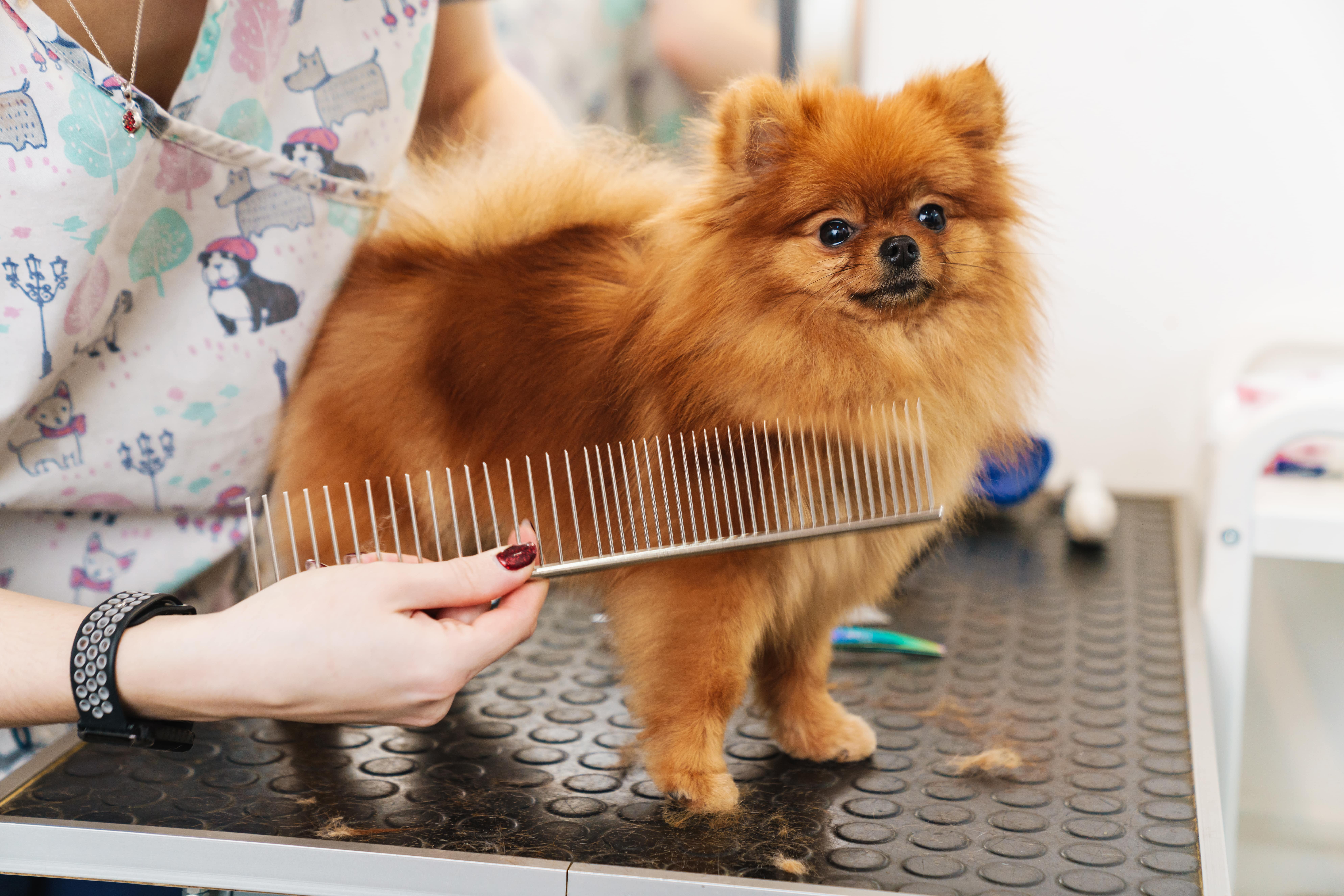
Brushing tools for different coat types
When it comes to pet grooming, choosing the right brushing tool is key to maintaining a healthy and flea-free coat. Different breeds have varying coat types, so it’s important to select the appropriate brush for your furry friend. For short-haired dogs, a bristle brush works wonders in removing loose hair and promoting a shiny coat.
On the other hand, long-haired dogs require slicker brushes or comb tools with fine teeth to prevent matting and tangles. Don’t forget to keep a shedding blade handy for those heavy-shedding seasons!
Specific shampoos and conditioners to repel fleas
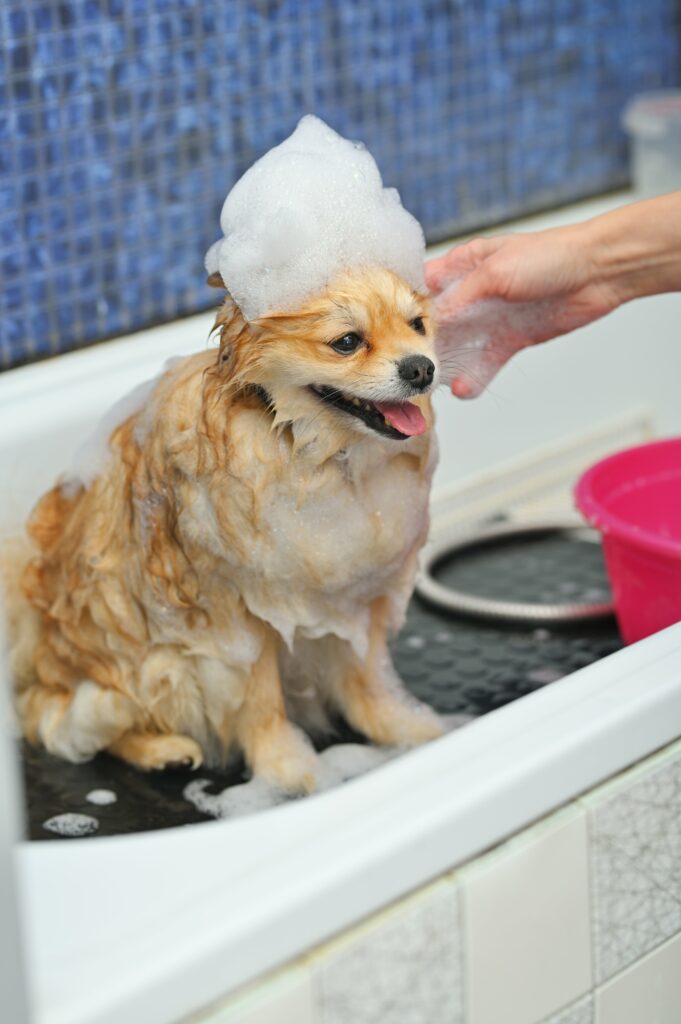
A good flea bath is an essential and helpful component of regular pet grooming. To effectively repel fleas and maintain a clean coat, choose shampoos that contain natural ingredients such as neem oil or citrus extracts known for their flea-repelling properties. These ingredients not only help kill existing fleas but also create an unfavorable environment for future infestations.
Additionally, some flea shampoos may contain soothing ingredients like oatmeal or aloe vera to alleviate any itchiness caused by flea bites. To further strengthen your pet’s defense against fleas, using a conditioner specifically designed to repel these pesky critters can be highly beneficial.
Look for conditioners that contain essential oils like lavender or eucalyptus, known for their natural flea-repellent qualities. Conditioning helps detangle the fur while leaving behind a protective residue that keeps fleas at bay.
Remember, if your pet has an existing flea problem that seems difficult to tackle on your own, don’t hesitate to seek advice and treatment from your vet or consult with a professional groomer who can provide expert guidance tailored specifically to your pet’s needs. By investing in the right grooming tools and using flea-repelling shampoos and conditioners, you’ll be well on your way to preventing fleas from infesting your pet’s coat and maintaining a happy, healthy environment for both you and your furry companion.
Step-by-Step Guide to Regular Pet Grooming Routine
Brushing Techniques to Remove Fleas and Prevent Infestation
Regular brushing is a crucial part of your pet’s grooming routine, as it helps to remove fleas and prevent infestations. Start by selecting the appropriate brush for your pet’s coat type. For long-haired breeds, a slicker brush or a de-shedding tool works wonders in removing loose fur and keeping their coats tangle-free.
For short-haired breeds, a bristle brush or rubber curry comb can effectively remove dead hair and debris. When brushing your pet’s fur, remember to start from the head and work your way down towards the tail.
Pay close attention to common hiding spots like behind the ears, under the belly, and between the toes where fleas tend to lurk. Be gentle yet thorough, ensuring that you reach down to the skin without causing any discomfort.
Bathing Tips for Flea Prevention
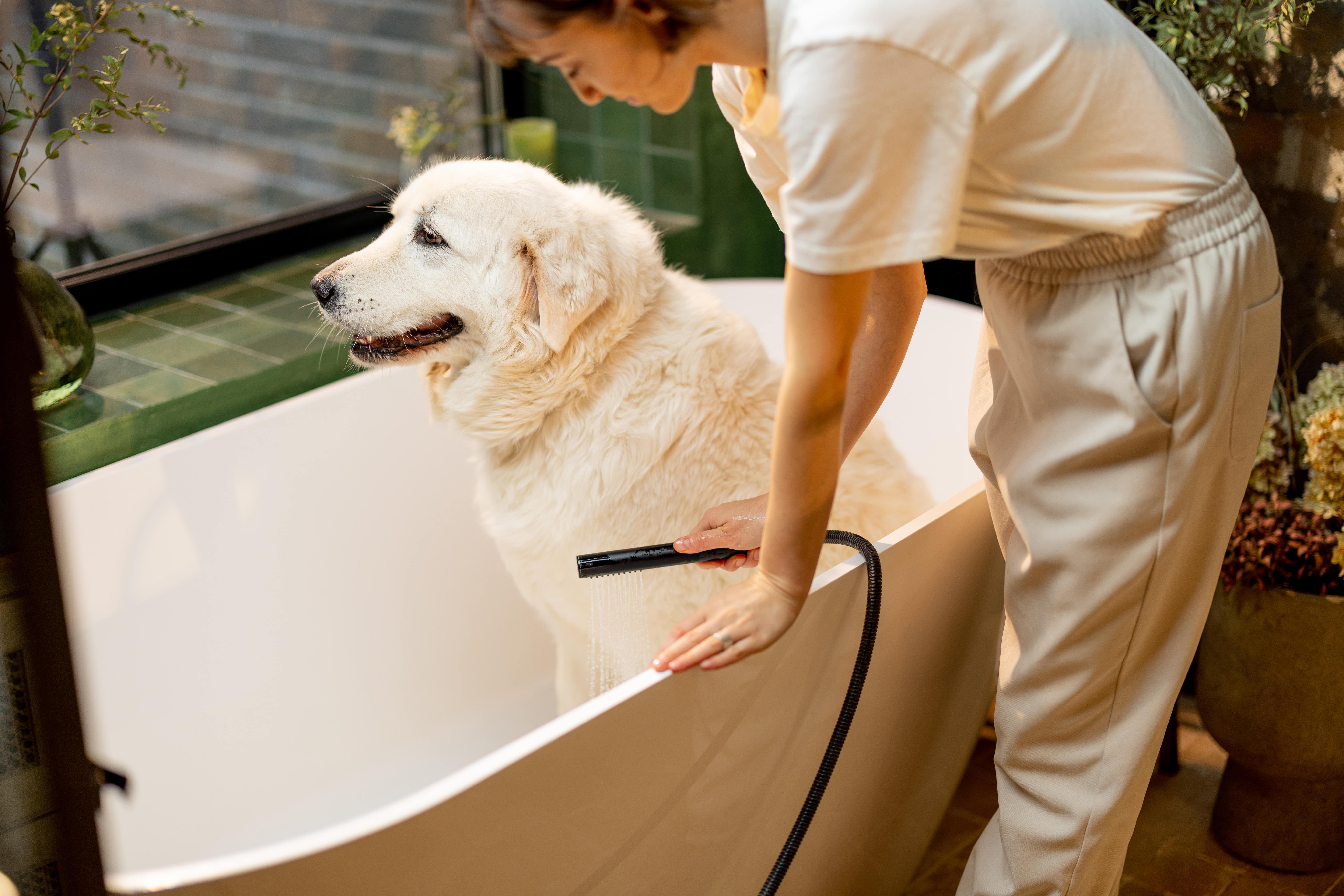
Bathing your furry friend regularly is another essential aspect of flea prevention. To begin with, choose a shampoo specifically for flea baths designed to repel fleas or one that contains natural ingredients known for their flea-repellent properties.
These flea shampoos help kill fleas on contact while being gentle on your pet’s skin. Before starting the bath, ensure that you have everything prepared nearby – shampoo, towels, and any other bathing accessories you may need.
Adjust the water temperature so that it is lukewarm – not too hot nor too cold – as extreme temperatures can be uncomfortable for pets. Wet your pet thoroughly with warm water and apply an appropriate amount of shampoo all over their body.
Take extra care when lathering around sensitive areas such as the face, ears, armpits, and groin where fleas often find refuge. Massage gently in circular motions while avoiding getting soap into their eyes or ears.
Rinse off the shampoo completely, ensuring that no residue is left behind. Dry your pet thoroughly using a towel or a pet-friendly hairdryer on a low-heat setting.
Nail Trimming Guidelines
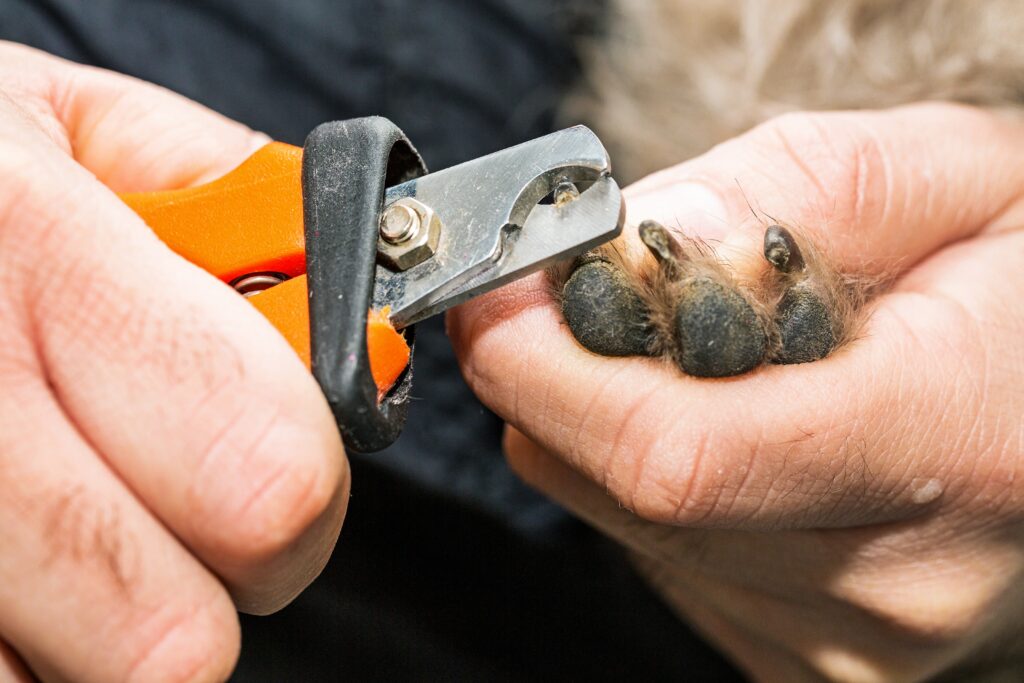
Regular nail trimming not only keeps your pet your dog’s eyes and paws neat but also plays a significant role in preventing flea infestations. Fleas often hide and lay eggs in the spaces under long nails, making it easier for them to pester your furry companion. By maintaining well-trimmed nails, you decrease the chances of fleas finding a cozy hiding spot.
When trimming your pet’s nails, use clippers specifically designed for their size, and be cautious not to cut too close to the quick (the pink area inside the nail). If unsure about how much to trim, it is safer to trim just the tip rather than risk causing bleeding or pain.
Consider using treats or positive reinforcement during this process to keep your pet calm and cooperative. Remember that some pets may have light-colored nails where the quick is easily visible, making trimming easier.
However, others may have dark-colored nails where it can be challenging to identify the quick accurately. In such cases, it is essential to seek guidance from professional groomers or consult with your veterinarian for assistance.
Regular brushing routines, appropriate bathing techniques using flea-repellent shampoos, and consistent nail trimming are vital steps in preventing flea infestations and keeping your beloved pets healthy and happy. By taking these measures consistently and with care, you can create an environment that discourages fleas from bothering both humans and animals alike.
Maintaining a Clean Environment
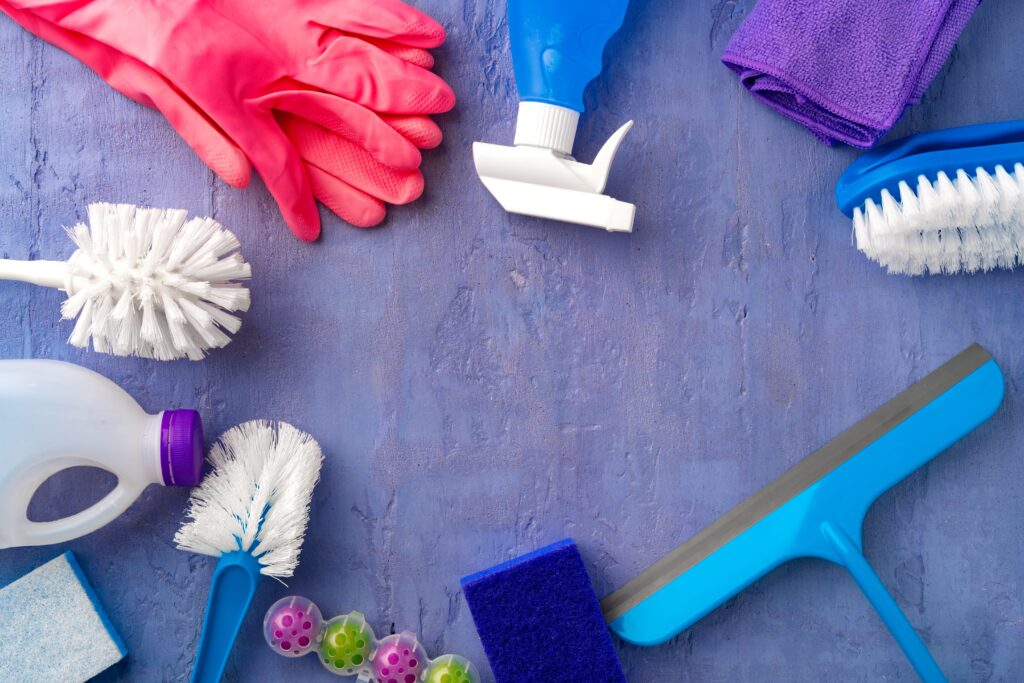
Regular Cleaning Routines for Bedding, Carpets, and Furniture
When it comes to keeping your pet’s living environment clean, regular cleaning routines are essential. Start by vacuuming your home regularly, focusing on areas where your pet spends the most time like carpets, rugs, and upholstery. Use vacuum attachments to reach crevices and corners where flea larvae may hide.
Remember to pay extra attention to areas near your pet’s sleeping area or favorite lounging spots. To effectively eliminate fleas and their eggs from your home, consider using a flea control powder or spray specifically designed for carpets and furniture.
These products contain insecticides that kill adult fleas upon contact and help prevent re-infestation. Be sure to follow the instructions carefully when using these products as some may require you to leave them on for a specific period before vacuuming.
Vacuuming is one of the most effective ways to get rid of fleas in your home. To maximize its effectiveness, use a vacuum cleaner with strong suction power and be thorough in covering all surfaces. Pay close attention to areas where fleas tend to hide, such as corners, cracks in the floorboards, under furniture cushions, and along baseboards. After each vacuum session, dispose of the contents immediately by sealing them in a plastic bag or emptying them directly into an outdoor trash bin. Flea larvae can survive inside the vacuum bag or canister if left unattended for too long. For added protection against re-infestation, consider placing a flea collar or a few drops of essential oil (like lavender or eucalyptus) inside the vacuum bag or canister.
Your pet’s bedding can be a breeding ground for fleas, so it’s essential to wash it regularly. Use hot water and a mild detergent to ensure thorough cleaning. Fleas and their eggs cannot survive in high temperatures, so washing your pet’s bedding at a temperature of 140°F (60°C) or above will effectively kill them. Remember to also wash any blankets, towels, or other fabrics that your pet frequently uses. It’s best to separate these items from your own laundry to avoid cross-contamination. Once washed, make sure the bedding is completely dry before allowing your pet to use it again.
Outdoor Precautions to Prevent Flea Infestation
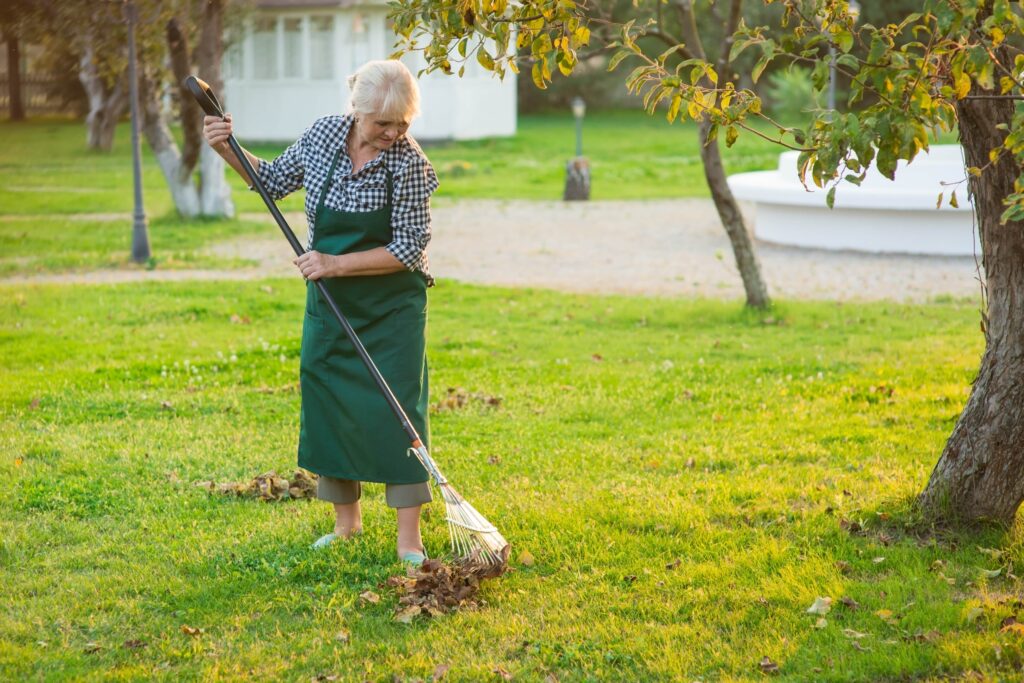
While it’s important to maintain cleanliness indoors, don’t forget about outdoor precautions as well. These steps will help minimize the chances of fleas hitching a ride into your home on your beloved furry friend.
Fleas love tall grasses and shady areas where they can thrive undisturbed. By keeping your lawn neatly trimmed and removing any debris or clutter in the yard, you can significantly reduce the flea population outside. Regularly inspect the outdoor areas where your pets spend time and remove any potential hiding spots such as piles of leaves or long grasses. Limiting exposure is another crucial aspect when it comes to preventing flea infestations in outdoor areas. Avoid allowing your pets access to heavily infested areas or places frequented by stray animals who might carry fleas. By being vigilant and proactive in maintaining a clean outdoor environment for your pets, you’re taking an important step towards keeping them safe from fleas.
If you want an extra layer of protection against fleas outdoors, consider using natural repellents that are safe for your pets. Some plants, such as lavender, rosemary, and lemongrass, naturally repel fleas and can be planted in your garden or placed in pots near outdoor areas where your pets spend time. Additionally, you can use pet-safe flea sprays or repellent oils on your pet’s collar or bandana to further deter fleas. Remember that prevention is key when it comes to maintaining a clean environment and preventing flea infestations. Regular cleaning routines inside the house along with outdoor precautions will help keep those pesky fleas at bay and ensure a comfortable living space for both you and your furry friend.
Additional Tips for Effective Flea Prevention
When it comes to preventing fleas, it’s not just about grooming your pet’s environment; you also need to take steps to control the environment they live in. Regularly vacuuming your home, especially in areas where your pet spends most of their time, can help remove flea eggs and larvae from carpets and furniture. Dispose of the vacuum bag or empty the canister outside to prevent any potential reinfestation. Washing your pet’s bedding at high temperatures can also kill any fleas or eggs lurking there.
If you prefer natural alternatives, there are several options available for flea prevention. You can create a homemade flea spray by mixing equal parts apple cider vinegar and water in a spray bottle. Lightly mist this solution onto your pet or dog’s neck and coat (avoiding their eyes) before they go outside as fleas dislike the smell and taste of vinegar. Additionally, certain essential oils such as lavender, lemon, eucalyptus, and cedarwood have natural repellent properties that can be diluted and applied to a bandana or collar.
If you find that despite your best efforts to treat them, fleas continue to plague your furry friend, don’t hesitate to seek advice from a veterinarian or professional groomer. They can provide guidance on effective flea control products, such as spot-on treatments or oral medications suitable for both cats and dogs. These professionals have access to safe and effective products that may be more efficient than over-the-counter options.
Conclusion
Regular grooming is an essential part of keeping our pets happy and healthy while safeguarding them against pesky fleas. By following these tips for regular pet grooming to prevent fleas – from brushing techniques to bathing routines and environmental control – you are taking proactive steps to protect your pet and keep them flea-free.
Remember, prevention is key, so sticking to a consistent grooming routine and maintaining a clean environment can go a long way in keeping those tiny nuisances and ticks at bay. So, embrace the bond with your furry friend and embark on pleasant grooming sessions that ensure their well-being and comfort while giving you peace of mind.
Exterminate fleas with D-Termination: The leading pest control service in Las Vegas!

If you’re facing flea issues on your Las Vegas property, trust D-Termination for assistance. Our expert team excels in eliminating flea infestations and restoring comfort and peace to your space. Bid farewell to fleas—opt for D-Termination for effective pest control today!
Reach out to us at 702-919-6310 or visit dtermination.com to schedule your flea control service and reclaim your space from these bothersome pests.
Frequently Asked Questions:
Dog groomers address fleas through thorough grooming, flea baths, and recommending preventive treatments.
A good flea preventative for dogs includes oral medications, topical treatments, and flea collars.
To ensure your dog remains flea-free, use preventive measures like regular grooming, flea medications, and maintaining a clean environment.
While brushing an animal’s coat can help remove fleas, it may not be entirely effective, so additional preventive measures are recommended.

